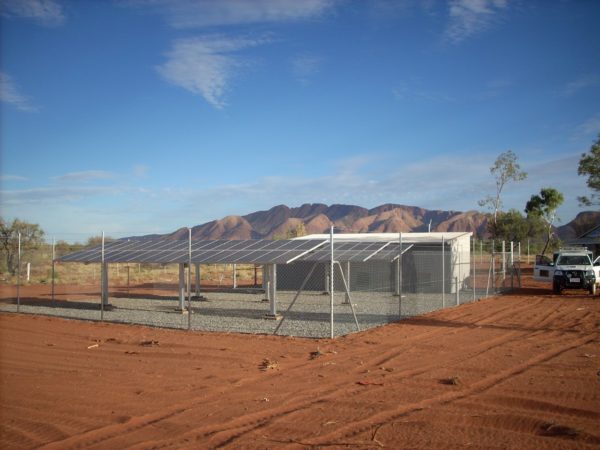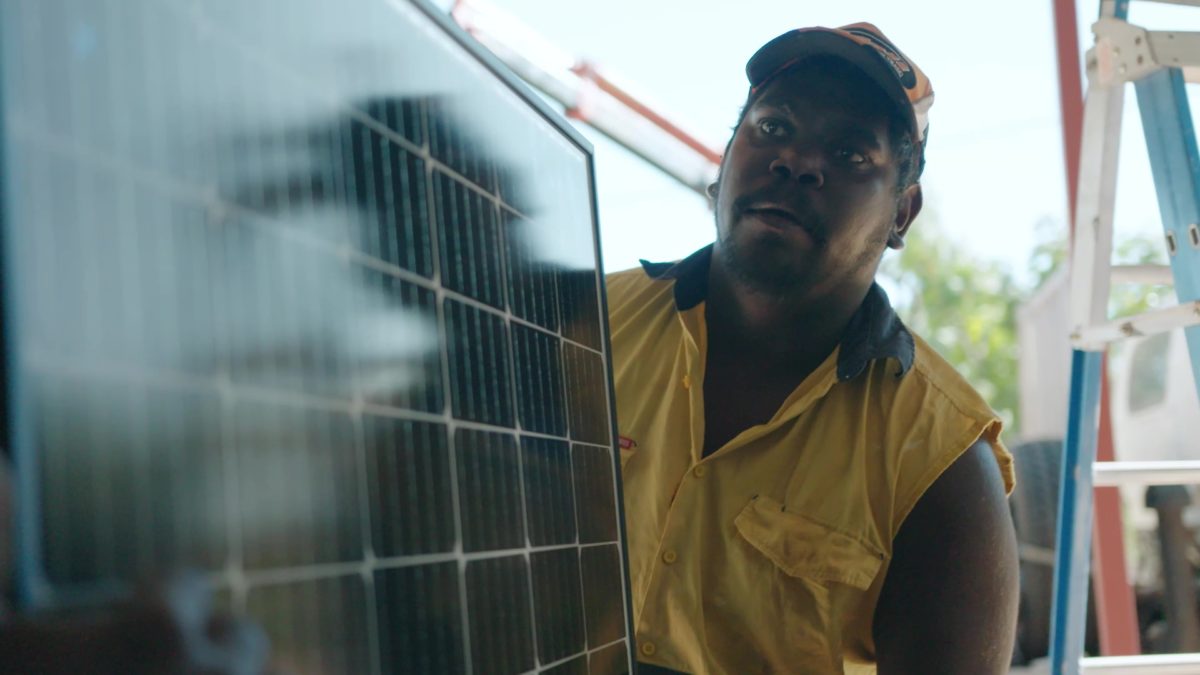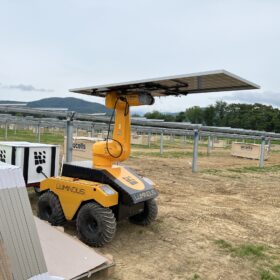Energy poverty in remote Indigenous Australian communities remains a problem, even as more and more land from Traditional Owners is being leased to house renewable projects. These communities pay far more for electricity than Australians living in cities and towns, although their connections are often disrupted, unreliable and extremely dirty – generated from on site diesel generator sets.
New technologies like solar and batteries available today mean remote communities can get better power more affordably, but turning the potential into reality is proving somewhat more difficult.
Alan Langworthy, Managing Director of Power Systems Consultants, has long been working on this question and is critical of what he sees as the current approach of the Territory’s Power and Water Corporation, in which solar arrays are being built next to community’s diesel generator sets, feeding directly into this system and saving the generator diesel costs rather than providing any savings to the communities themselves.
“It’s ridiculous because there’s no benefit to the community at all,’ Langworthy told pv magazine Australia. None, that is, outside of communities seeing less smoke coming out the gen set’s exhaust.
The new report, funded by by the Australian Renewable Energy Agency (ARENA) and the Australian Photovoltaics Institute (APVI), and conducted by Ekistica, a technical consultancy firm based in Central Australia, is also critical of this model.
While the question of community benefit was outside of the report’s scope, its authors Lachlan McLeod and Sandeep Nimmakayalu noted such considerations are vital.

What the report does focus on is the cold, hard economics of which system is cheaper to install. The verdict is rooftop solar, according to the three communities where modelling was done: Kaltukatjara, Lajamanu, and Maningrida.
This comes with the caveat that if additional hardware like a battery or other expenses associated with integrating the rooftop systems exceeds $500,000, then rooftop loses its economic edge over ground mounted systems.
While Langworthy applauded the report, he also says rooftop systems may throw up challenges not only because connecting systems to social housing, like that in remote communities of the NT, is a regulatory nightmare, but also because there is a community equity issue.
Not all roofs face in the right direction or are suitable for solar, for instance. And if a house becomes unoccupied, no one benefits from the system at all.
If the community is coming together to pay for these solar systems, how do you get around the fact not everyone will benefit equally?
The model Langsworthy suggests is communities install ground mounted systems which wirelessly connect to the prepaid meters used in remote communities so that each household can have their power allocation credited directly. “Nobodies ever done that before,” he adds.
He proposes the amount of energy each household is allocated from the array be a percentage based on the number of the people living in the house. So a house with five people would be allocated more power from the array than a house with two people, though individually each person would have the same allocation.
Such a model, he says, mirrors the benefit of rooftop solar in that the power goes directly to the households in the community rather than the generator, but also gets around the issue that all roofs are not made equal.
This content is protected by copyright and may not be reused. If you want to cooperate with us and would like to reuse some of our content, please contact: editors@pv-magazine.com.









By submitting this form you agree to pv magazine using your data for the purposes of publishing your comment.
Your personal data will only be disclosed or otherwise transmitted to third parties for the purposes of spam filtering or if this is necessary for technical maintenance of the website. Any other transfer to third parties will not take place unless this is justified on the basis of applicable data protection regulations or if pv magazine is legally obliged to do so.
You may revoke this consent at any time with effect for the future, in which case your personal data will be deleted immediately. Otherwise, your data will be deleted if pv magazine has processed your request or the purpose of data storage is fulfilled.
Further information on data privacy can be found in our Data Protection Policy.